Nature on the higher mountain slopes of Andalucia is a little like an elderly lady - just that bit slower, a pace or two behind. Always the last one to the table and the last one to leave. Harvesting is still in full flow here on the higher plains of Andalucia, where everything is always a little later. See what's in our basket!
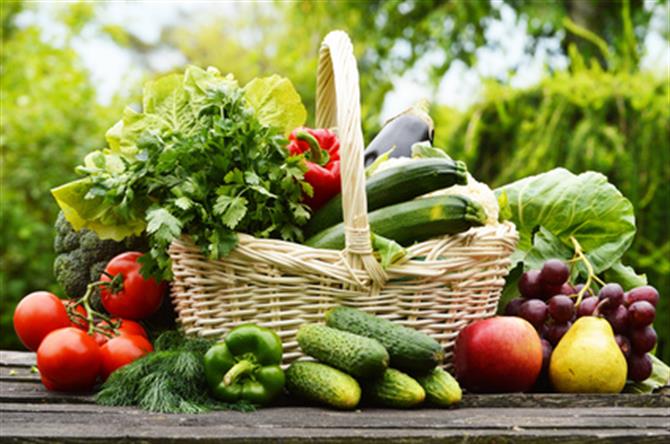
Sea level - the Costa Tropical
Down on the Costa Tropical, Bougainvillea and Hibiscus are forever in full bloom and harvest has already been and gone. But take a slow and winding drive uphill to the foothills of the Sierra Nevada, and you'll see men at work - ladies too - as everyone pulls together to rake in the last of the autumn bounty before winter slithers her bony, cold fingers across the land.
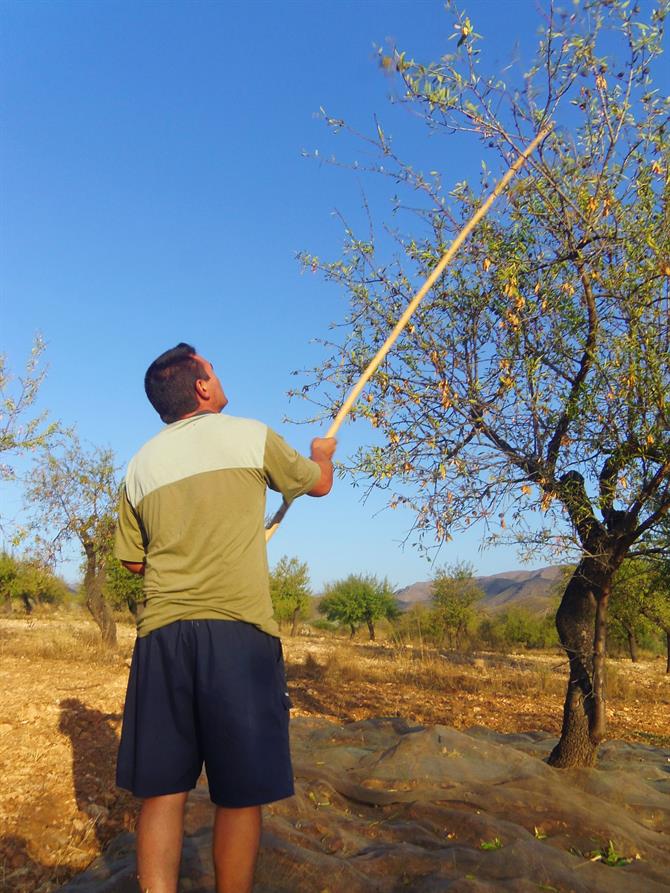
Getting to the Alpujarra
Visiting from Málaga? Go east. Head towards the Costa Tropical on the Autovia Mediterraneo. Up from the coast road, take a meandering turn at La Rábita, through Albunol and then Albondon, towards the lower Alpujarra and the simply stunning area known as the Contraviesa. The road dips and climbs, twists and turns, climbs and drops - hang on and enjoy the ride!
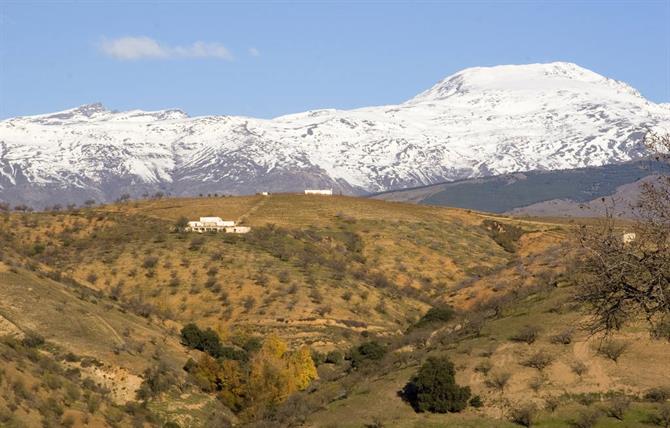
High on the hillsides
Hard to farm these hills certainly are, seasonal workers suffering from vertigo need not apply! Acres of fig and Almond, rows of Vine, planted on cut-out terraces planned and laid in ancient Moorish times. Driving past you'll ask yourself how on earth the farmers today get up there, how can they possibly harvest these vertical slopes? But that they do - and the bounty is sweeter than anywhere - with clean dry air, clear sunshine and sweet mountain water being the ever-present guardians of this land.
Olives
Not quite there yet - another few weeks and that bitterest of fruit will be knocked from the silvery-green trees. Collected and plunged into buckets of briny water, and left to become palatable, then funnelled into jars with a sprig of wild mountain thyme, a few slices of lemon, some chilli or a clove or twenty of pungent garlic for an added kick. Where would we be without a plate of shiny olives on the side? Pizza, paella or pasta - they're the essential ingredient - not to mention the golden Olive oil produced - the stuff of perfection in Spanish cooking, and exported all over the world.
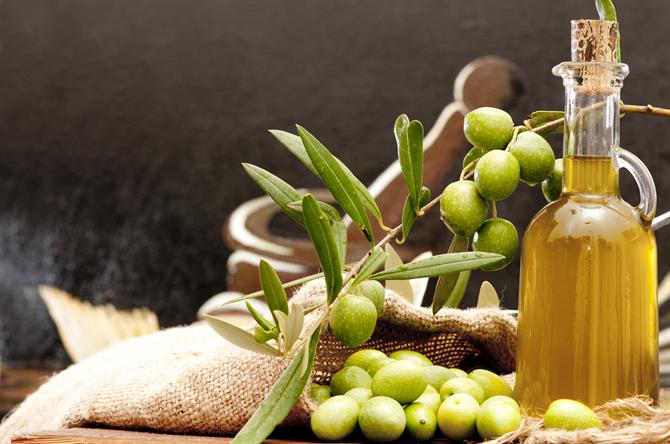
Figs
The last of the juicy black figs are in, being turned into jams and jellies, cakes and liqueurs. Freshly plucked from the tree they're just perfect with fresh goat's cheese, a thin strip of salty Jamón, a glass of local wine. But this is the time to stock larders and pantries, clean preserving jars are out and Spanish housewives happy and busy, their experienced hands flying over the age-old recipes and tried and tested methods.
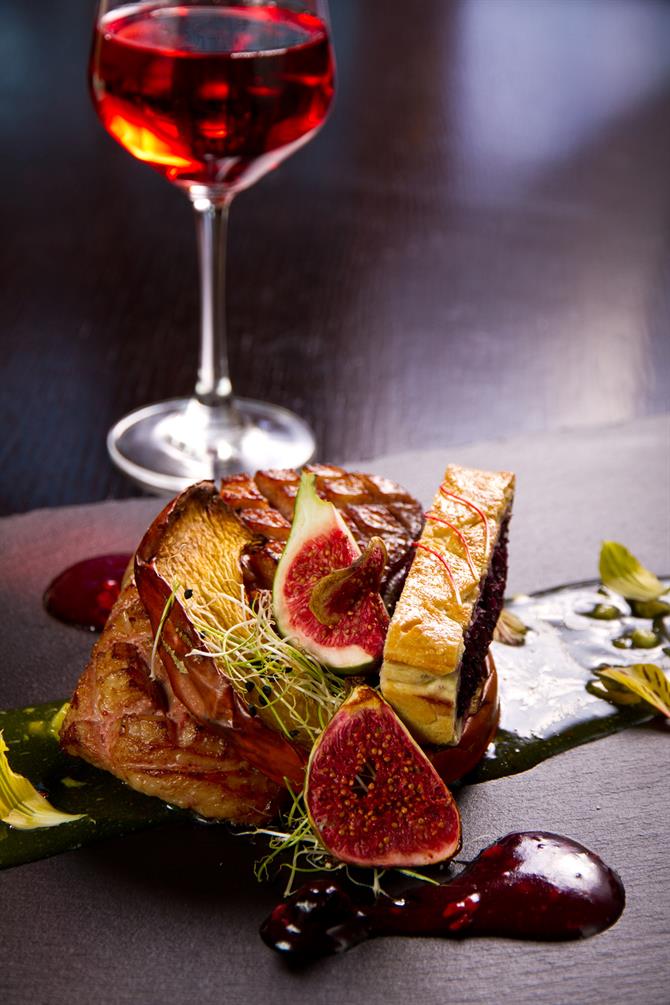
Grapes
The last of the grapes are being taken and pulped, pressed, pushed through presses and pumped, fizzing and fermenting, into stainless steel and American Oak containers, where patience is the only other ingredient required. That bit is harder than you might imagine!
Wine from the Contraviesa is naturally sweet, clean and free from chemicals - (almost) no hangover guaranteed. Take a bodega tour, taste the treasure of the bounty and take home a souvenir that someone really wants!
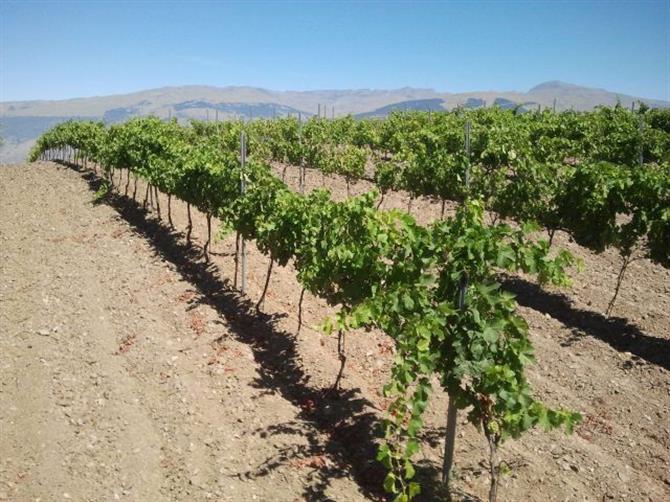
Almonds
Willing Almonds are still being coaxed into green nets which are raised at one side to stop the goods rolling down-mountain. Then they'll roll around in the noisy de-huskers, before being taken and weighed and sold - animated talk in the bar is about prices quoted - who got the best deal - and who's economical with the truth?!
A sack or two will be kept at home, shelled and ground to thicken soups and sauces, added to make Turron, that chewy, tooth defying Christmas nougat. Around here they make Marzipan, not lurid yellow, but white and smooth and tasting of - just sweet Almonds. A few kilos of nuts will be held back until next summer, blended into the cold soups and Horchata de Almendra to keep the body temperature down. A handful grabbed here and there to be quickly toasted for a top tapas snack. Last year we made Almond butter - an alternative to Peanut and rather nice.
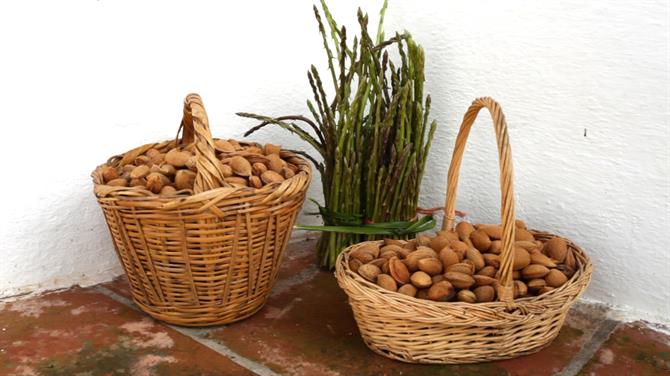
Membrillo
Membrillo or Quince - it's a hairy pear whatever you wish to name it. Added to stews and fragrant Tagines - a delicious flavour of the Moorish history of Spain. Try Membrillo paste, blocks sold in every Spanish supermarket and the only accompaniment for a slice of Manchego or your cheese of choice. I'll have a cold Fino with that please....
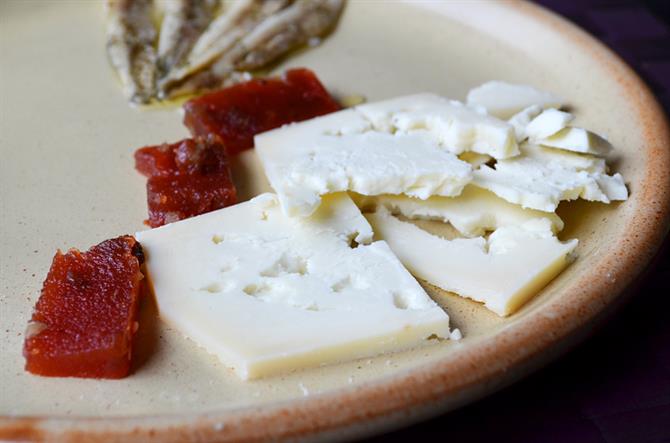
Caqui
Probably better known as the Sharon fruit. Just the last of these are clinging precariously to the leafless trees now - like orange baubles on a forgotten bare Christmas Fir in January. Astringent and inedible whilst hard - the trick is to arrange the whole fruit around a glass of alcohol in a stainless steel pot. Leave them there until ripe and the mouth drying astringency will magically disappear. Slice them in rounds while still a little hard and dry them in the midday sun, a low oven, or on a wood-burner top. The ensuing fruit is a chewy sweet that's perfect to take on all those walks and hikes you plan to cover in this fabulous area.
Pomegranates
And of course, we're in Granada - the Spanish name for Pomegranate. That most regal crown-bearing king of fruit. Still clinging to the trees here in Andalucia, just ready to burst with it's jewel-like fruit. The not-so-humble pomegranate has skin-cleansing qualities too, a superfruit! And what else would we add to our sparkling Spanish Cava this Christmas day? Salud!
